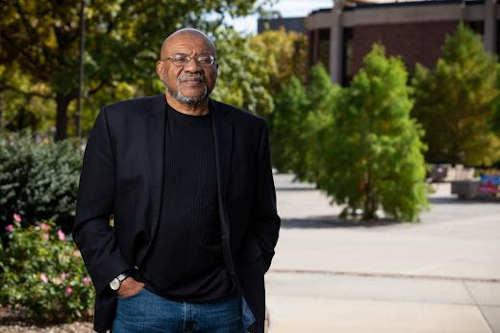- Kwame Dawes
American Life in Poetry: Tipping the Scales

The mermaid, curiously, is one of those mythological figures that remind us of the occasional moments of genuine “universality” in human experience.
All around the world, she recurs in myths, folktales, poems, and legends, fully formed, always complex, and profoundly assertive of the feminine force in the world.
Jessica Lee Alton, in her poem, “Tipping the Scales,” gently guides us towards the unveiling of her version of the mermaid — petulant, dangerous, powerful, seductive, and defiantly mysterious.
Tipping the Scales
By Jessica Lee Alton
She smokes in your face just to be like that
Never wants to give you free advice
Asks for a dollar, a drink, a ride home
Twirls a wet lock around her thumb
Pulls out her fin just so she can trip you
Can’t hide that smell, razor blades, salt shakers
She wants your love, grants nothing in return
Can’t control her voracious appetite
ingesting friends like trinkets-baubles-spoons
Tries to pull you in with her siren song
Lips move-no sound-broken karaoke
You strain to listen, end up in her mouth
She swims you with the salmon south then north
Drops you at a gas station dumbfounded
Steals your car drunk splashes water at the moon
As you walk, you wonder how she drives
with that scaly turquoise mercurial tail
American Life in Poetry does not accept unsolicited manuscripts. It is made possible by The Poetry Foundation, publisher of Poetry magazine. It is also supported by the Department of English at the University of Nebraska-Lincoln. Poem copyright ©2021 by Jessica Lee Alton, “Tipping the Scales” from Ripe Literary Journal, Issue 01, October 2021. Poem reprinted by permission of the author and the publisher. Introduction copyright ©2022 by The Poetry Foundation. The introduction’s author, Kwame Dawes, is George W. Holmes Professor of English and Glenna Luschei Editor of Prairie Schooner at the University of Nebraska.

 How to resolve AdBlock issue?
How to resolve AdBlock issue? 





